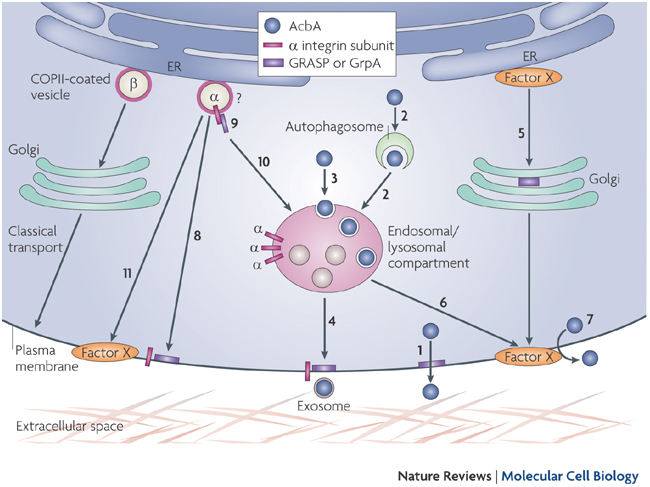
The hetero-chromatin is indicated by arrowheads, and the nucleolus by an arrow. The euchromatin is distributed throughout the nucleus. Electron micrograph of an interphase nucleus. Chromatin structure is thus intimately linked to the control of gene expression in eukaryotes, as will be discussed in Chapter 6. About 10% of the euchromatin, containing the genes that are actively transcribed, is in a more decondensed state (the 10-nm conformation) that allows transcription. Most of the euchromatin in interphase nuclei appears to be in the form of 30-nm fibers, organized into large loops containing approximately 50 to 100 kb of DNA. During this period of the cell cycle, genes are transcribed and the DNA is replicated in preparation for cell division. In interphase (nondividing) cells, most of the chromatin (called euchromatin) is relatively decondensed and distributed throughout the nucleus ( Figure 4.11). The extent of chromatin condensation varies during the life cycle of the cell. The chromatin is further condensed by coiling into a 30-nm fiber, containing about six nucleosomes per turn. The packaging of DNA into nucleosomes yields a chromatin fiber approximately 10 nm in diameter. Thus, both the nuclease digestion and the electron microscopic studies suggested that chromatin is composed of repeating 200-base-pair units, which were called nucleosomes.Ĭhromatin fibers. Consistent with this notion, electron microscopy revealed that chromatin fibers have a beaded appearance, with the beads spaced at intervals of approximately 200 base pairs. These results suggested that the binding of proteins to DNA in chromatin protects regions of the DNA from nuclease digestion, so that the enzyme can attack DNA only at sites separated by approximately 200 base pairs. In contrast, a similar digestion of naked DNA (not associated with proteins) yielded a continuous smear of randomly sized fragments. First, partial digestion of chromatin with micrococcal nuclease (an enzyme that degrades DNA) was found to yield DNA fragments approximately 200 base pairs long. Two types of experiments led to Kornberg's proposal of the nucleosome model. The basic structural unit of chromatin, the nucleosome, was described by Roger Kornberg in 1974 ( Figure 4.8). Archaebacteria, however, do contain histones that package their DNAs in structures similar to eukaryotic chromatin. coli), although the DNA of these bacteria is associated with other proteins that presumably function like histones to package the DNA within the bacterial cell. Histones are not found in eubacteria (e.g., E. There are more than a thousand different types of these proteins, which are involved in a range of activities, including DNA replication and gene expression. In addition, chromatin contains an approximately equal mass of a wide variety of nonhistone chromosomal proteins. The histones are extremely abundant proteins in eukaryotic cells together, their mass is approximately equal to that of the cell's DNA. There are five major types of histones-called H1, H2A, H2B, H3, and H4-which are very similar among different species of eukaryotes ( Table 4.3). The major proteins of chromatin are the histones-small proteins containing a high proportion of basic amino acids (arginine and lysine) that facilitate binding to the negatively charged DNA molecule. The complexes between eukaryotic DNA and proteins are called chromatin, which typically contains about twice as much protein as DNA.

Although DNA packaging is also a problem in bacteria, the mechanism by which prokaryotic DNAs are packaged in the cell appears distinct from that of eukaryotes and is not well understood. For example, the total extended length of DNA in a human cell is nearly 2 m, but this DNA must fit into a nucleus with a diameter of only 5 to 10 μm. This task is substantial, given the DNA content of most eukaryotes. The DNA of eukaryotic cells is tightly bound to small basic proteins ( histones) that package the DNA in an orderly way in the cell nucleus. Although the numbers and sizes of chromosomes vary considerably between different species ( Table 4.2), their basic structure is the same in all eukaryotes. In contrast, the genomes of eukaryotes are composed of multiple chromosomes, each containing a linear molecule of DNA. The genomes of prokaryotes are contained in single chromosomes, which are usually circular DNA molecules. Not only are the genomes of most eukaryotes much more complex than those of prokaryotes, but the DNA of eukaryotic cells is also organized differently from that of prokaryotic cells.


 0 kommentar(er)
0 kommentar(er)
